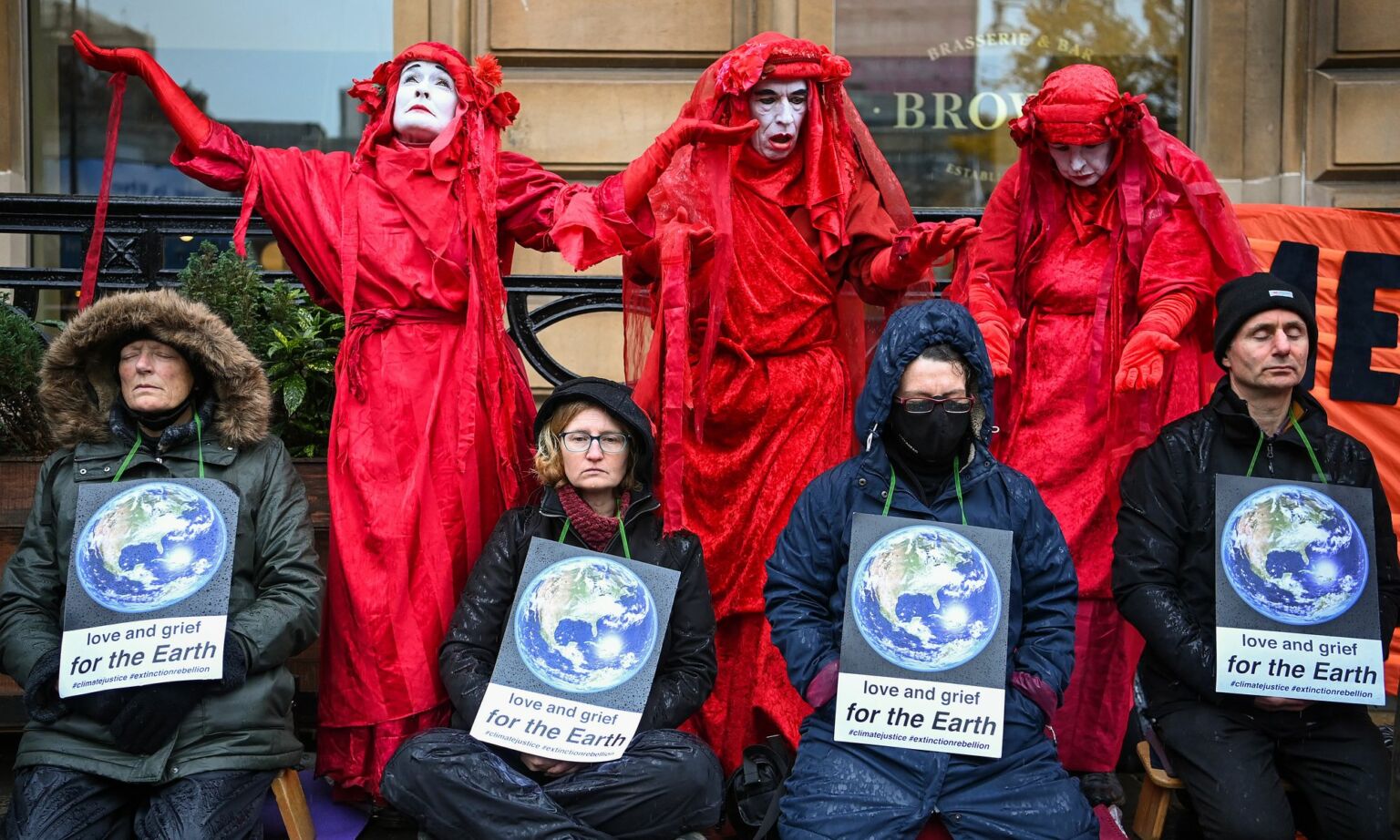The European Union’s Climate Cult and their journey to so-called carbon neutrality by 2050 faces another critical juncture: setting its climate target for 2040. This intermediate goal, a stepping stone on the path to net-zero, is sparking fervent debate and growing opposition.
With the first milestone of a 55% emissions reduction by 2030 already established, the 27 member states now grapple with the next phase. Environment ministers launched discussions Monday, paving the way for the European Commission’s impact assessment reports on various target scenarios in February.
These developments will set the stage for the next EU Commission and Parliament, elected in June, to solidify their positions. A formal EU proposal is expected later in 2024.
The current climate commissioner, Wopke Hoekstra, advocates for a “at least 90%” net emissions reduction by 2040. European Parliament’s environment committee chair Pascal Canfin echoes this ambition, while acknowledging the difficulty of exceeding it. The European Scientific Advisory Board on Climate Change has urged even steeper cuts of 90-95%, emphasizing drastic transformations in energy production, reliance on renewables, and reduced consumption.
However, opposition is brewing. Several governments and conservative lawmakers call for a pause in environmental legislation, fueled partly by the powerful agricultural lobby.
Despite the resistance, Hoekstra insists that tackling climate change is non-negotiable, citing the urgency of the unfolding environmental crisis.
The nitty-gritty of implementing these targets is where things get contentious. NGOs, think tanks, and research groups urge for holistic emission cuts, enhanced carbon sinks (like forests), and carbon capture technologies. They warn against relying solely on “net” reductions via offsets, as this could slow down actual emission reduction efforts.
However, Canfin recognizes the need for “all solutions”, considering some emissions are unavoidable. Steel industry representatives also express concerns, highlighting the immense challenges of a 90% target for energy-intensive sectors.
The EU’s 2040 climate target is far from settled. Navigating the competing interests, scientific demands, and practical considerations will be a complex balancing act. The coming months will be crucial in defining the bloc’s climate trajectory and its commitment to a carbon-neutral future.
Shayne Heffernan









